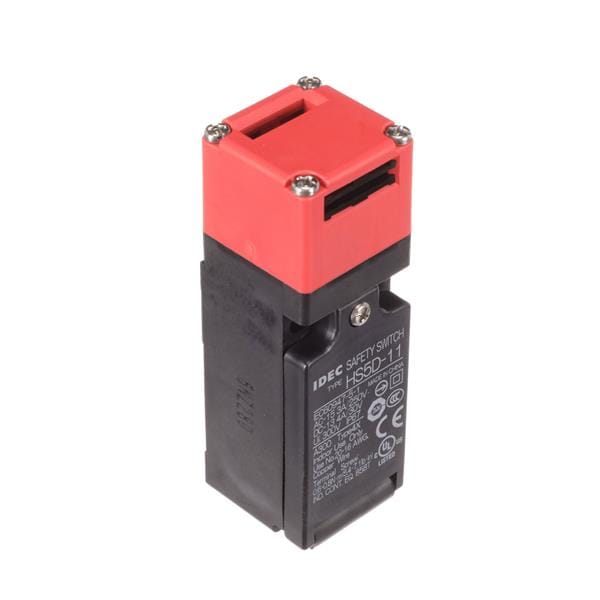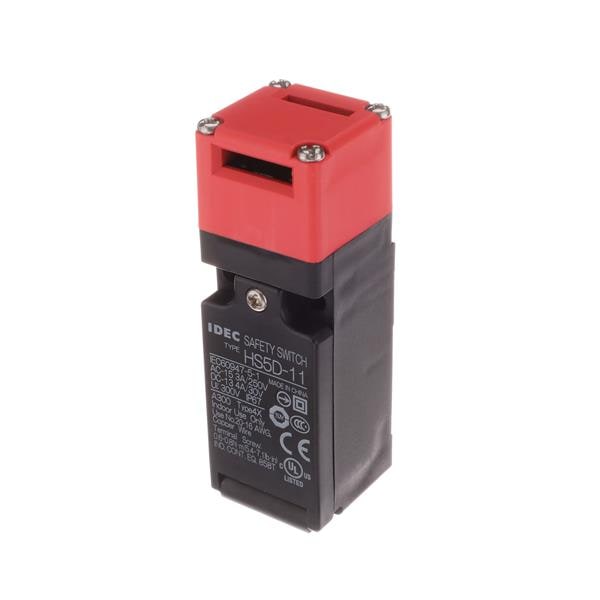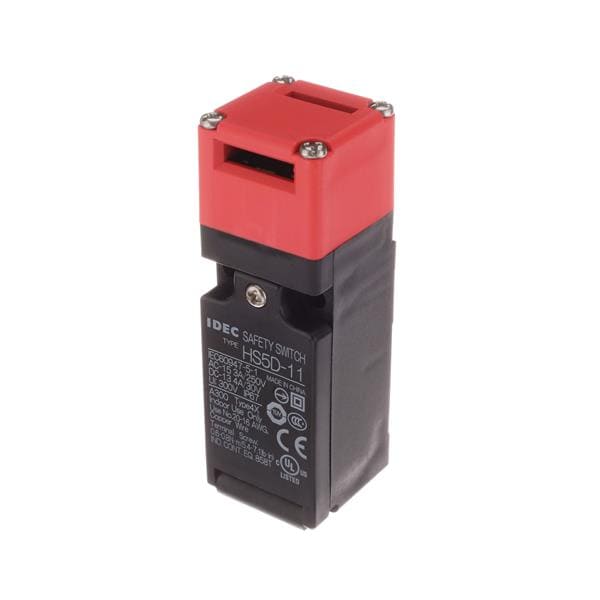HS5D Series, Interlock Switches
Results:
13
Filters
Applied Filters:
HS5D
About Interlock Switches
Interlock switches, also known as safety interlock switches, serve as indispensable components in ensuring the safe operation of machinery and equipment by preventing them from operating in hazardous or unsafe conditions. The primary purpose of interlock switches is to establish a reliable means of controlling access to machinery and equipment, ensuring that certain conditions are met before the machine can be activated. These switches are designed to create an interlocking mechanism that effectively safeguards operators and surrounding personnel from potential harm. Interlock switches are strategically placed at critical access points or areas where hazardous conditions may arise. These access points can include doors, gates, panels, or any other openings that provide entry to the machinery. By incorporating interlock switches at these points, the machine's operation is contingent upon the proper positioning and engagement of these switches. To activate the interlock switch, a specific action must be performed, such as closing a door or securing a gate. This action ensures that the machine is in a safe state, with all necessary guards or protective measures in place, before it can be enabled. In the event that the interlock switch is not properly engaged or the access point is compromised, the switch sends a signal to the control system, preventing the machine from starting or stopping its operation. This mechanism effectively prevents any potentially dangerous scenarios, such as accidental activation or exposure to moving parts, from occurring. Interlock switches are designed with robust construction and reliability to withstand the demanding industrial environments in which they are used. They are engineered to provide fail-safe operation, ensuring that the machine remains in a safe state until all hazardous conditions are rectified. Moreover, interlock switches often incorporate features that allow for lock-out, tag-out procedures, further enhancing safety protocols. These procedures involve isolating the energy source and placing a lock or tag on the switch to prevent unauthorized or accidental activation during maintenance or repair work. In summary, interlock switches play a critical role in maintaining the safety of machinery and equipment by preventing operation in unsafe conditions. By incorporating these switches at access points, the machine's activation is contingent upon proper engagement, ensuring that all necessary safeguards are in place. The fail-safe operation and lock-out, tag-out features of interlock switches contribute to creating a secure working environment and minimizing the risk of accidents or injuries.





